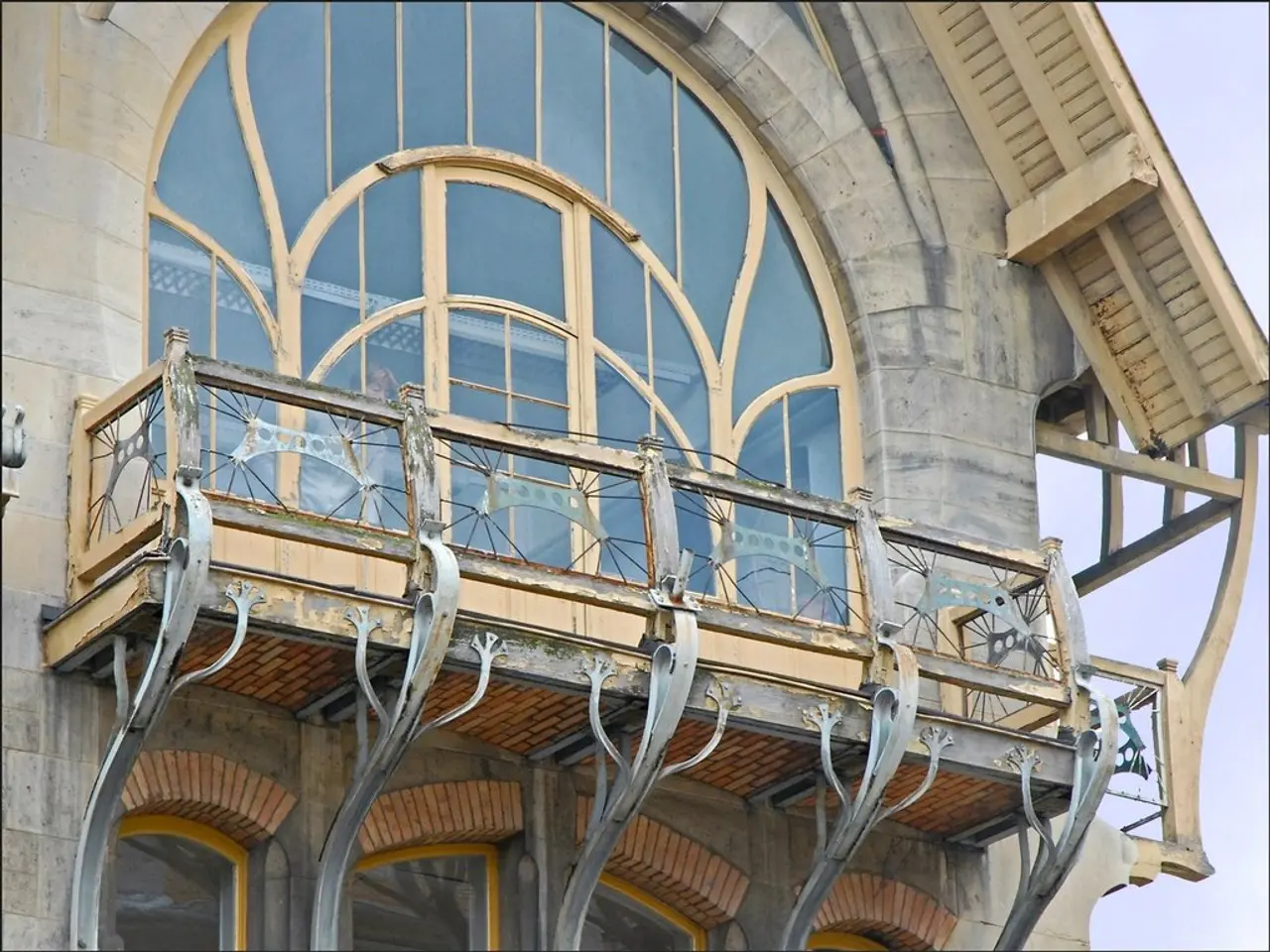Refugee movement over the Brenner Pass in June 1945 is slowly disintegrating...
In the aftermath of World War II, Bolzano, Italy, located in the South Tyrol region near the Alps, emerged as a significant transit and settlement area for displaced persons and refugees from Eastern and Central Europe.
The city's strategic geographical position, situated at the crossroads between Central Europe and Italy, facilitated the movement of populations, including refugees displaced by war and political upheavals. Many refugees travelled through the Alpine passes and railway tunnels, such as the Saint Gotthard and Mont Cenis connected routes, to reach areas in Italy and further west.
Bolzano and South Tyrol were not immune to the refugee movements sweeping across Europe. The area was affected by the arrival of ethnic Germans expelled from Eastern Europe and other displaced populations settling in northern Italy due to post-war border adjustments and population shifts. Refugee distribution was managed through local institutions and often involved temporary accommodations in camps before integration or relocation.
One such collection point was Innsbruck, which served as a waystation for Italian refugees arriving from Germany and Austria. From there, refugees were transported by truck or train to Bolzano, where they were received at the Dominikanerplatz camp, designated IT 24 by the Allied authorities. Here, they were provided with food, clothing, and other essential supplies.
The Brenner route, connecting Innsbruck and Bolzano, was a crucial corridor for refugee transportation. Before July 20, around 3,000 people entered Italy daily via this route. On July 1, the Brenner route was officially opened for repatriate transport by train, marking an increase in the daily influx to around 5,000 people.
However, smaller Alpine passes were also used by some illegal refugee columns, although these routes were not as popular.
Despite the lack of detailed archival or historical sources focusing specifically on refugee transportation and distribution policies in Bolzano immediately after WWII, it is clear that the city played a vital role in the post-war refugee crisis. Further research, particularly in historical and archival records, is needed to provide a more comprehensive understanding of this period in Bolzano's history.
The train arriving in Bolzano serves as an overview for the untold stories of the refugees who passed through this city during the post-war period, offering a glimpse into a crucial chapter in Bolzano's history that has yet to be fully explored.
- The strategic geographical location of Bolzano, Italy, in the South Tyrol region, positioned at the crossroads between Central Europe and Italy, facilitated not only the movement of populations displaced by war and political upheavals, but also the migration of refugees in general news, fostering an intersection of war-and-conflicts history and post-war politics.
- Amid the influx of displaced persons and refugees, Bolzano and South Tyrol became a significant center for refugee distribution and management, providing temporary accommodations in camps for people settling due to post-war border adjustments and population shifts, highlighting a juncture of war and politics in the city's history.







